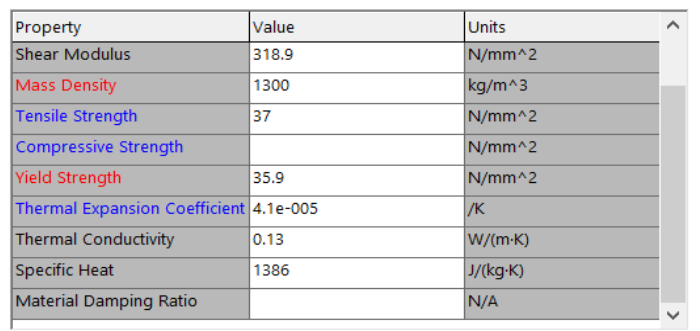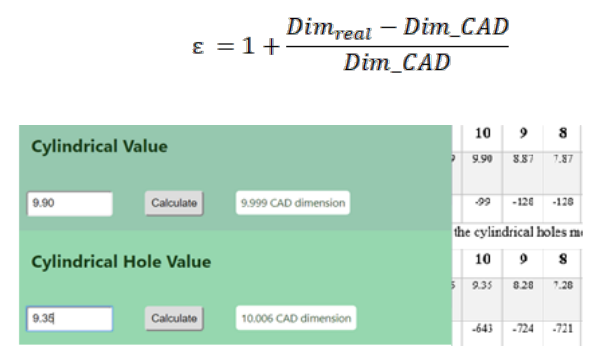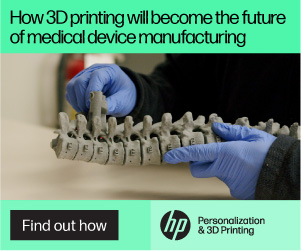In the recently published ‘Research on Improving the accuracy of FDM 3D printing process by using a new designed calibrating part,’ Romanian researchers explore new ways to improve the quality of parts. As there is a substantial shift from the use of 3D printing for rapid prototyping—to using the technology for innovative and functional parts (many of which have never been possible before), users on all levels continue to seek better accuracy for their specific project needs.
Material plays a large role, whether it is ABS or TPU, along with the proper settings—and calibration procedures and parts. In this study, the research team worked to improve FDM 3D printing at the Technical University of Cluj-Napoca through the development of new software and a calibration part.
The new part is comprised of a series of cylinders and holes, with a range of diameters from 1-20mm. SolidWorks Simulation was used in the Finite Element Analysis for estimating shrinkage, and the research team employed a static study using a difference of -40 degrees C to investigate the location and size of shrinkage. Three surfaces were created to serve as roller/slider fixtures—added to the base of the calibration part, and on two side surfaces also.
PLA was considered as a material, due to ‘characteristics defined in the simulation.’
“To extrapolate the results, the shrinkages were further on considered in the development of the software application as a function of length which, in addition to the function of practical, measured inaccuracies are added on to a finite result in the application on the form of a global scaling factor for a certain dimension,” stated the research team.
FDM 1650 equipment from the Department of Manufacturing Engineering was used, including white PLA (1.75mm), using a 0.6 mm nozzle. The team used two ‘knife-shaped calipers,’ with an arithmetic media created for each dimension, and one micrometer also (0.01mm accuracy).
“The results obtained within FEA were further used for the conceiving of an original software application that optimizes the calibration of the 3D printing process,” concluded the researchers. “Measurements that were realized using the originally conceived calibrating part manufactured by 3D printing process proved that there were significant improvements in terms of accuracy regarding the FDM 3D printing equipment from the Department of Manufacturing Engineering from the Technical University of Cluj-Napoca, but, since the flow of the material can be unpredictable and all the 3D printers are unique, experimental data should be made on each combination of parameters in the future for calibrating each type of equipment in particular (taking into account the type of materials that are used) for 3D printing process.”
Calibration and settings of 3D printers continue to be a huge area of research due to infinite potential in 3D printing and the need for constant variations in software, hardware, and materials.
What do you think of this news? Let us know your thoughts! Join the discussion of this and other 3D printing topics at 3DPrintBoard.com.
[Source / Images: ‘Research on Improving the accuracy of FDM 3D printing process by using a new designed calibrating part’]Subscribe to Our Email Newsletter
Stay up-to-date on all the latest news from the 3D printing industry and receive information and offers from third party vendors.
You May Also Like
3D Printing Unpeeled: New Arkema Material for HP, Saddle and Macro MEMS
A new Arkema material for MJF is said to reduce costs per part by up to 25% and have an 85% reusability ratio. HP 3D HR PA 12 S has been...
3D Printing News Briefs, January 20, 2024: FDM, LPBF, Underwater 3D Printer, Racing, & More
We’re starting off with a process certification in today’s 3D Printing News Briefs, and then moving on to research about solute trapping, laser powder bed fusion, and then moving on...
3D Printing Webinar and Event Roundup: December 3, 2023
We’ve got plenty of events and webinars coming up for you this week! Quickparts is having a Manufacturing Roadshow, America Makes is holding a Member Town Hall, Stratafest makes two...
Formnext 2023 Day Three: Slam Dunk
I’m high—high on trade show. I’ve met numerous new faces and reconnected with old friends, creating an absolutely wonderful atmosphere. The excitement is palpable over several emerging developments. The high...



































